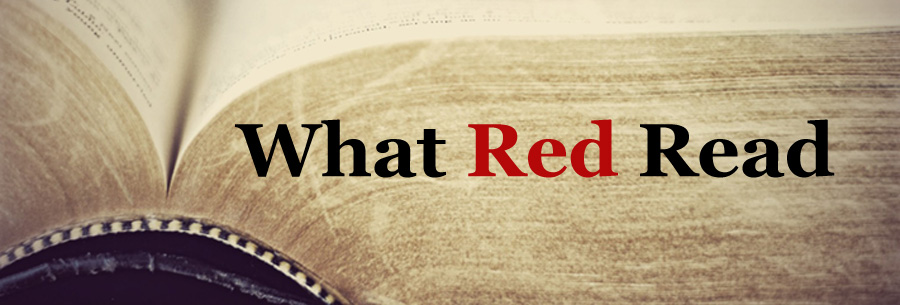This book had been on my radar, given it's a type of book I tend to go for (pop-psych with a feminist angle YES PLZ) and then my friend was having a daughter* so I figured it was a good excuse to read this. Also it was on sale, and that always helps.
Peggy Orenstein has a daughter of her own and despite her trying to instill strong feminist values in, has seemingly succumb to the lure of the Princess Culture, valuing beauty and being rescued over other traits and she is SHOCKED I TELL YOU.
I live in Berkeley, California: if princesses had infiltrated our little retro-hippie hamlet, imagine what was going on in places where women actually shaved their legs? As my little girl made her daily beeline for the dress-up corner of her preschool classroom, I fretted over what playing Little Mermaid, a character who actually gives up her voice for a man, was teaching her.She also considers the flip-side, that very often feminized things are considered lesser simply because they are associated with girls and THAT'S a terrible thing too. So maybe all the princess stuff is a way to celebrate being feminine and most of the princesses had admiral traits that should be celebrated. Or maybe lighten up.
She looks at the birth of the Disney Princess Culture as a marketing strategy, which was the idea of executive Andy Mooney who noticed girls going to Disney on Ice shows dressed in homemade Princess costumes and what a wasted branding opportunity! The main Princesses are mostly white; Pocahontas, Jasmine, and Mulan are sometimes included but fall behind Sleeping Beauty, Belle, and Cinderella.
She talks about how she's yet to find a study that shows Princess Culture hurts girls either in the long-run or immediately. Though that said, there are parts of Princess Culture that do focus on being attractive and there are multiple studies that show the harmful effects of equating value with appearance, especially for girls.
It's not just princesses, but also pink everything, the lack of female characters (usually one in a group, often nice and sweet and cute and kind), pageants for little girls (aka Toddlers in Tiaras), Twilight, and even American Girl, which might seem like the answer to bypassing Princess Culture, if not for the fact that it is expensive as hell and there are so many (equally expensive) accessories and now we're sort of missing the point of this not being like the other dolls.
She does consider that girls today, when it comes to playing, seem to have more freedom than boys. Girls can play with anything but if a boys can be punished for playing with "girl" toys.
Boys were also more likely to sort playthings based on how they perceived gender roles (such as "Dad uses tools, so hammers are for boys"), whereas girls figured that if they themselves enjoyed a toy - any toy - it was, ipso facto, for girls...Consider the progressive pal of mine who proudly showed off the Hot Wheels set he had bought for his girl but balked when his boy begged for a tutu. Who's to say, then, which sex has greater freedom?Overall, she doesn't really come up with anything new. Which is sort of fine. I didn't always agree, but liked the things she brought up and I sort of liked that she didn't end with any sort of grand sweeping moral. And she admits that, especially when it's your kid, there are no easy answers and she herself has been "hypocritical, inconsistent, even reactionary". Entertaining enough and a quick read (especially because it's like 30% notes and citations). Odds are if you picked this up it's going to be a "preaching to the choir" type of read. I'll probably re-read it should my friends' kids go through this same phase.
Gif rating
*She's out now, but not at the time of reading
Title quote from page 4
Orenstein, Peggy. Cinderella Ate My Daughter. HarperCollins, 2011. Kindle

















